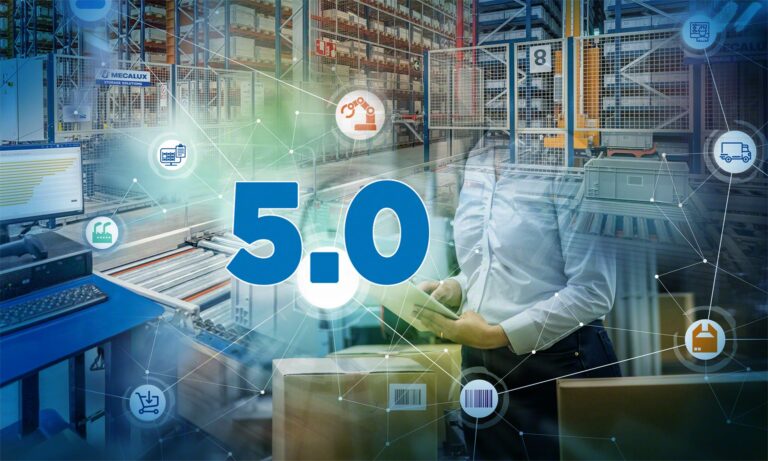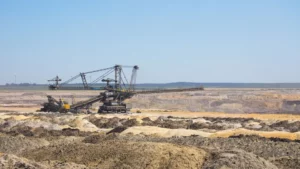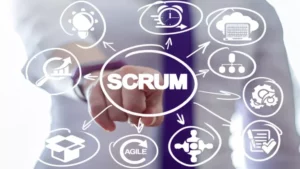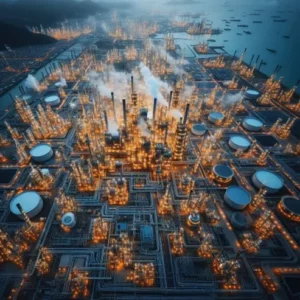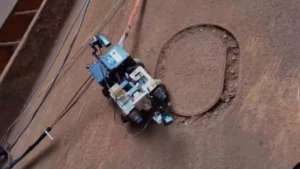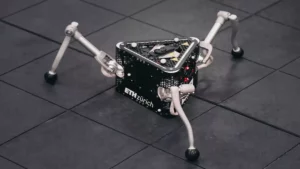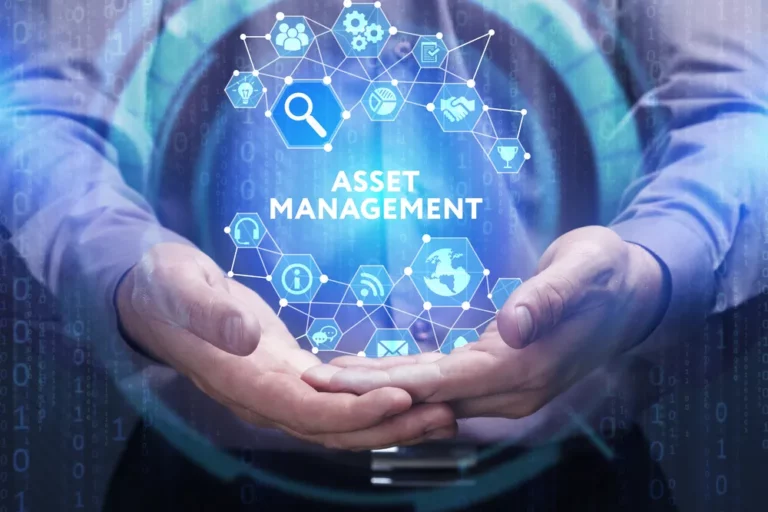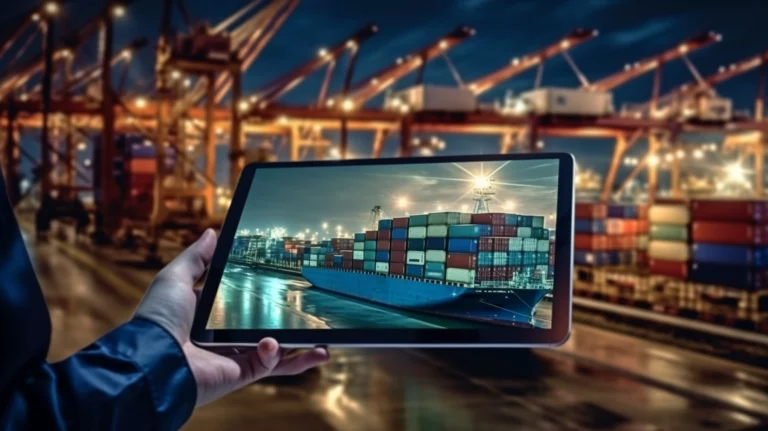Author: Ing. Jesús V, October 27, 2023.
Introduction
The technological advances incorporated into business production procedures have given rise to industrial revolutions. The last step of this innovation phenomenon is Revolution 4.0 , however, Industry 5.0 is already under development, through which advanced technologies will be integrated with human collaboration.
With the advent of increasingly automated processes, employability is a factor that has been affected, therefore, it has become necessary to return operational power to humans. For this reason, this new revolution represents the industrial future, where collaboration between humans and machines will play a central role.
This is not a continuation of the 4.0 Revolution, but a total change in the way we conceive the complementarity between humans and machines. Below, we will investigate the fundamental aspects of this new industry, as well as its impact on the debate between employability and automation.
What is Industry 5.0?
It represents the fifth industrial revolution, a natural evolution that arises from Revolution 4.0, marked by the fusion of automation, artificial intelligence and interconnection. Here, machines and humans not only collaborate, but share a safe and efficient workspace. This new era not only optimizes production, but also places humans at the business center of the future.
Among its main objectives is to find the balance between industrial rehumanization and total automation. Its focus on the recognition of the human factor, and how this knowledge is just as important as technological innovations.
Simply put, it is the alliance between current technological capabilities (AI, IoT, robotics) and human performance. In order to be able to achieve results quickly, efficiently and concretely.
Characteristics
Man-machine symbiosis: One of the fundamental pillars of the new industrial evolution is the harmonious coexistence between humans and machines. Machines cannot replace the worker, but must work as a team. This symbiotic approach implies that machines and humans share the workspace and cooperate on complex tasks.
Advanced Artificial Intelligence: These systems are capable of making decisions based on large data packages in real time. Thus optimizing processes and improving decision making in delicate tasks and processes.
Mass customization: It is a main component, since it seeks to adapt products and services to the individual needs of customers. This concept is aimed at providing better experiences and not only relying on the interconnection of machines and software.
Collaborative security: The advanced security systems included in this innovative stage allow safe interaction between humans and machines. This ensures that workers can work alongside robots and other machines without risk.
Sustainability: It is a topic of global concern that is growing. In Industry 5.0, energy efficiency and sustainable production are two key objectives. Consequently, we seek to implement cleaner energy sources in the processes that reduce the environmental impact.
Application benefits
Greater efficiency: Human-machine collaboration optimizes processes and reduces production times, resulting in greater overall efficiency. Extremely important jobs such as inspections and maintenance are some examples of the processes that benefit from this new revolution.
Improved quality: Personalization and advanced AI enable higher quality in products and services.
Safety: Collaborative safety systems reduce occupational risks in the workplace.
Flexibility in processes: Agile production allows rapid changes to processes to adapt to industry demands.
Environmental sustainability: Promotes sustainable production and energy efficiency, which reduces environmental impact.
The challenges of automation
Initial investments: The transition to Industry 5.0 often requires significant investments in technology and training.
Cultural changes: Adopting a collaborative approach between humans and machines may require a cultural change in organizations.
Cybersecurity: Advanced networking also increases cyberattacks, requiring a rigorous approach to cybersecurity.
Legislation and regulations: Regulations still need to catch up with future technological advances. In this way, the technologies and their implementation strategies will not be affected.
Human employment and intelligent machines: Complementarity in Industry 5.0
As technologies continue to advance, questions are being raised about how employability will be affected. This complementarity scenario has grown exponentially during the 4.0 Revolution, where its objective was automation through advanced technologies.
Although technologies offer a wide variety of benefits due to their efficiency and precision, the human factor has proven to be just as important. Therefore, Industry 5.0 seeks to return to the industry the cognitive knowledge that only a human being can offer.
This point of view seeks to promote the adaptation of innovative technologies to the needs of workers. With this, better results can be achieved and at the same time safe and inclusive work spaces are guaranteed.
Among the purposes of this new industry is the creation of different jobs where these technologies will be used. As the human factor is the central pillar of this industrial revolution, it is necessary to ensure it in the processes of work and services.
Finally, the rehumanization of the industry will bring with it new job roles that will result in the empowerment of staff. Workers will no longer only be able to monitor machines, but will also be able to work in an integrated manner, increasing knowledge and creativity.
Keys to future employability
Digital skills: Industries are currently aiming for a digital landscape, so it is extremely important to have necessary digital skills. Some of the most relevant are programming, data analysis and cybersecurity.
Adaptability: Any professional who wants to work under the framework of this new revolution will have to adapt to new technologies and concepts. Being able to adapt and remain constant with changes will allow you to have competitive advantages.
Interpersonal skills: Despite technological innovations, it is important that workers have skills that facilitate the development of activities. Whether communicating, collaborating or leading, they are necessary skills in an environment of interaction between humans and machines.
Cognitive support: It is a reality that human judgment can lead to a better decision. Because of this, cognitive ability plays a key role in data analysis, offering greater efficiency when making decisions.
Conclusion
This new industrial era is expected to create jobs that leverage digital skills, adaptability, soft skills and cognitive support. Industrial rehumanization not only ensures the adaptation of technology to the needs of workers, but also empowers staff to collaborate and thrive in this exciting era of Industry 5.0.
References
- https://blog.wearedrew.co/noticias/industria-5-0-cuales-son-los-principales-cambios
- https://ciencialatina.org/index.php/cienciala/article/view/4457/6835 https://www.th-
- nuernberg.de/fileadmin/fakultaeten/amp/amp_docs/Workingpaper_2_2022_Industry_50_Banholzer.pdf
- https://blog.proactioninternational.com/en/industry-5.0-the-next-industrial-revolution-is-people-centric
- https://www.linkedin.com/pulse/industry-50-introduction-opportunities-challenges-zhodage-dz-/



